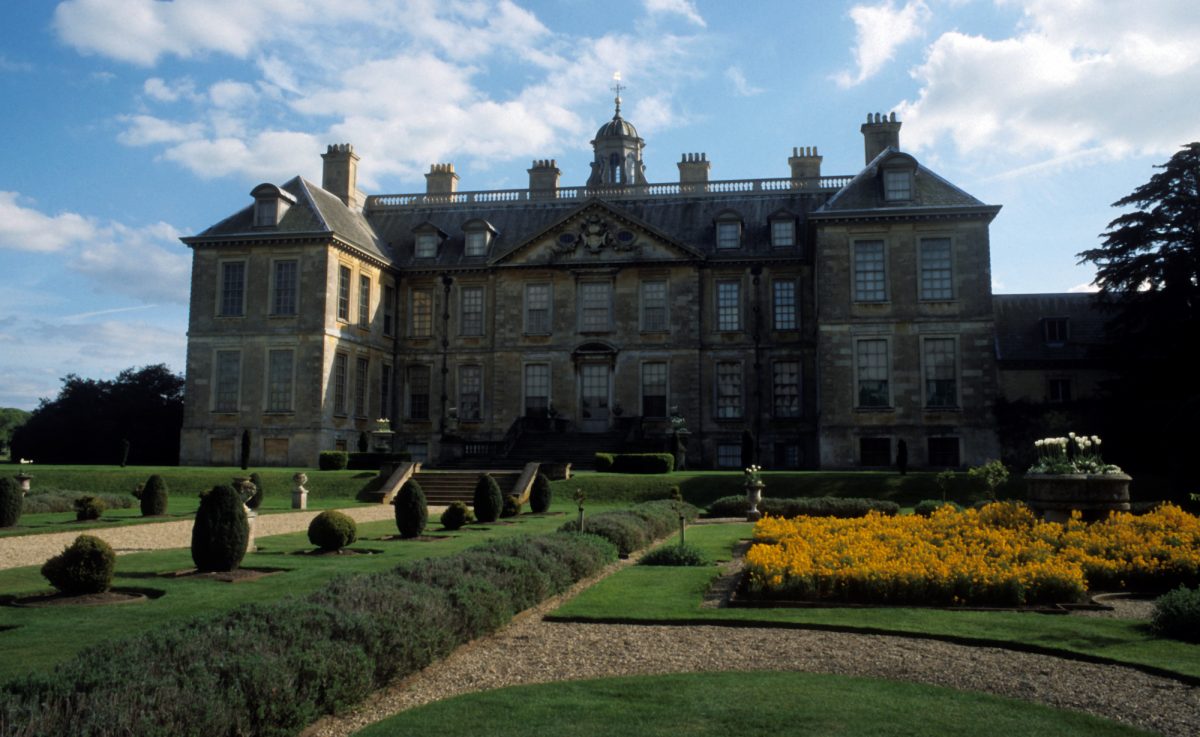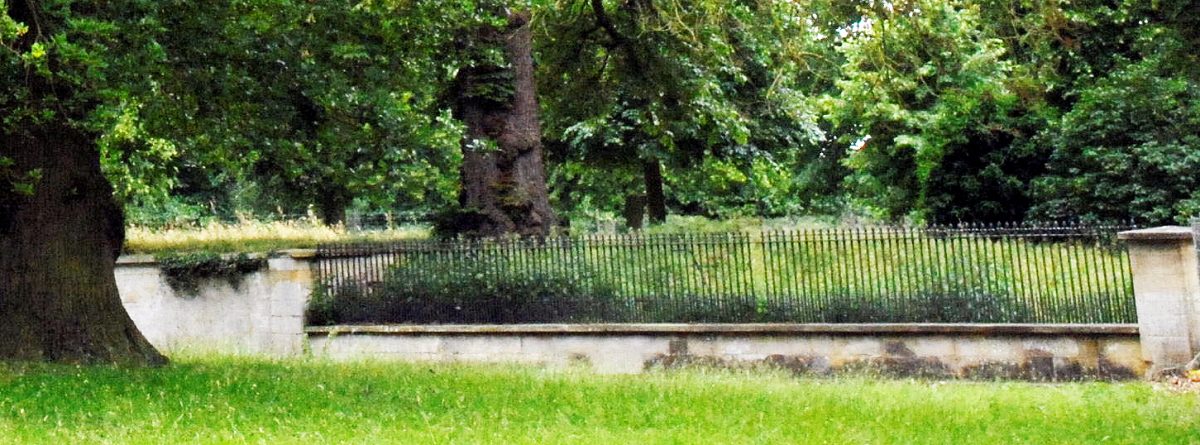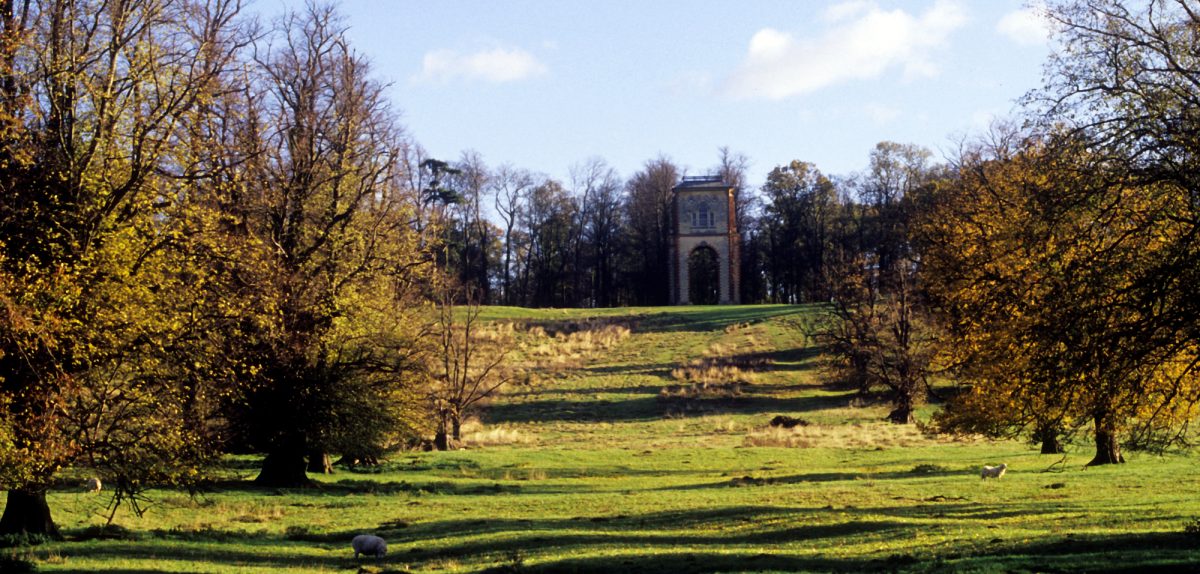Restoration Gardens
Restoration Gardens
Restored King Charles II was desperate to emulate his French cousin Louis XIV with awe-inspiring displays of wealth. He did not have the money to follow through on an enormous project like Versailles. Instead, Charles picked up on certain features, and had wide avenues cut through both parks at Hampton Court Palace.
When William III of Orange and Mary Stuart came to power, however, they invested in large-scale ventures, reworking the gardens at Hampton Court to include the king’s Privy Garden and the Great Maze.
An extravagant garden style slowly filtered down to those landowners who could afford such investment. Smart entrance gates led to longer avenues, terminating in an oval drive before the front door.
Late 17 C/ early 18C parterres became simplified, punctuated with clipped evergreens, as in the Dutch Garden at Belton (National Trust, HE Grade I).
Dutch Garden at Belton (National Trust, HE Grade I) (Image: Steffie Shields)
Iron railing screen, or ‘clairvoie’ at Belton House (Image: Steffie Shields)
An Iron railing screen, added to low walls, called a ‘clairvoie’, offered ‘clear views’ to the deer park.
Pavilions or towers or ‘standings’ were built at high vantage points for watching deer-coursing and hunting.
The Brownlow Hunting Tower on the hill makes a fine ‘eyecatcher’ at the end of the double lime avenue with views over the whole park.
The Brownlow Hunting Tower at Belton (Image: Steffie Shields)



